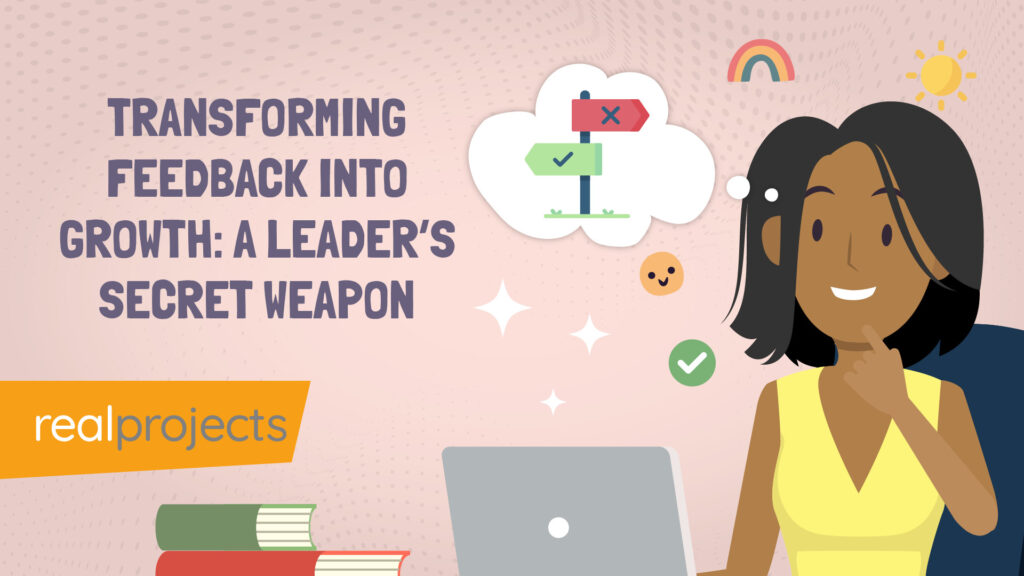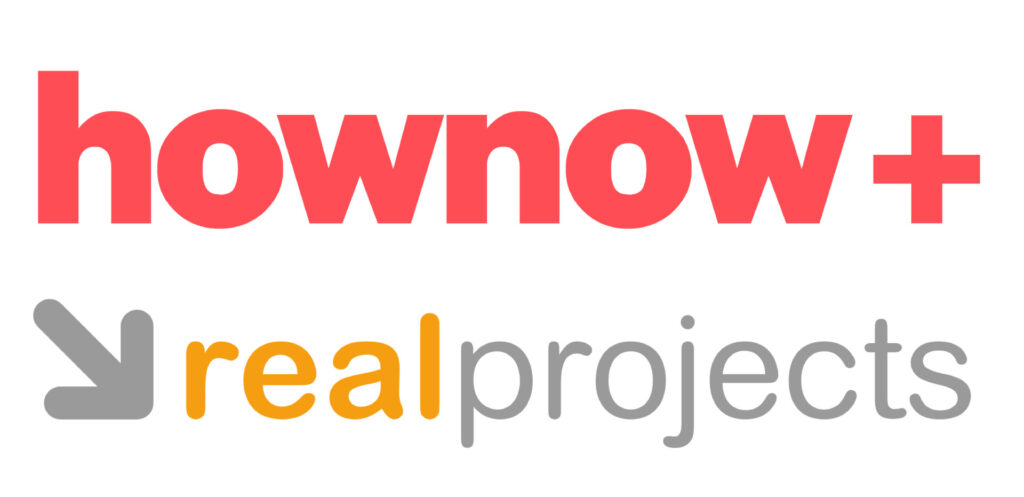Choosing the right elearning content provider is crucial for L&D Directors who need to meet their strategic goals.
With so many options, finding a provider that fits both current and future can be a challenge. In this article we go through some of the steps that you can take to make the right choice. Scott Hewitt shares that a provider should be transparent and easy to work with, and the offer should be flexible enough to grow with your plans.
A quick guide…
Define your needs: Identify your current and future training topics. Look for providers who offer both off the shelf and custom content. You will probably want a mix of both.
Research Providers: Do your own research and start capturing what is out there. Start with online searches and demos. Review course types, like video and microlearning, you need to see if what is out there matches what you need.
Get Recommendations: Check out platforms like LinkedIn. You can also speak to colleagues and get recommendations. Platforms like OpenSesame also have publisher reviews.
Check Content Quality: Request samples from shortlisted providers to review for relevance, engagement, and production standards.
Match Content to Needs: Use course lists or AI tools to check if the elearning content provider covers what you need. If needed, consider custom content to fill any gaps. You can quickly and easily check your own list with that provided from the publisher.
As an L&D Director, finding the right elearning content provider can feel overwhelming.
Here’s our guide for Learning and Developer Directors who are looking to find an elearning content library. We’ll help you provide the best publisher for your needs.
Why elearning Content Quality is Important
With elearning demand on the rise, data shows its value:
- Market Growth: The global elearning market was valued at $315 billion in 2021 and could hit $1 trillion by 2028. (Source: Statista)
- Better Revenue: Companies with strong training programs see 218% higher revenue per employee. (Source: Association for Talent Development)
- Content Variety: 58% of L&D professionals say diverse content types (microlearning, video) boost engagement. (Source: LinkedIn Learning)
- LMS Integration: 76% of companies say seamless LMS integration is a must. (Source: Fosway Group)
- Higher Retention: elearning can improve knowledge retention by 60% over traditional training. (Source: ResearchGate)
- Regular Updates: 70% of L&D Directors value ongoing content updates for skill development. (Source: Training Industry)
These insights that we’ve put together show the need for a provider that aligns with both current and future learning goals.
Here’s how you can work through the options available…
1. Define Your Content Needs
Identify both your current and future training needs. This could include essential topics now and strategic goals for the future.
Some organisations combine ready-made content with custom materials. You might not need custom content at the moment but it is good to know that your publisher can support custom content.
2. Start with Online Searches and Demos
Use online searches to find providers and explore publisher websites for course lists and demos.
Check if the courses are well designed, structured and have a high production quality. The library may be marketed with a high number of resources but ensure that you are not overpaying for a library full of PDF and infographics.
A library may also include videos, infographics, interactive modules, or PDFs, but ensure they fit your needs.
3. Use Social Media for Insights
Social media platforms like LinkedIn and YouTube can provide updates, samples, and customer stories. Follow providers to see their responsiveness and how they handle client feedback.
4. Get Recommendations from Peers
Ask your network or associations for recommendations. Peer reviews are helpful, but make sure to do your own review to confirm the content and the publisher meets your needs.
5. Attend Conferences for Direct Interaction
Conferences offer a chance to meet multiple providers, watch demos, and ask questions. Be aware that not all providers may attend these events. Don’t miss out on a good provider because you are only picking from those who attend conferences.
6. Be Cautious with Consultants
Consultants can offer expertise but may have biases. Use them as guides, but keep an open mind to all providers.
7. Look Critically at Ads and Sponsored Content
Ads can introduce you to providers, but approach with caution, as sponsored content may be more promotional than informative. Do your own evaluation. They may help you provide a list, but think about voices with an industry. Are they being paid by companies to promote a particular product, service or webinar?
8. Request Quality Samples
For shortlisted providers, ask for sample content to check quality. Look for material that’s relevant, visually engaging, and professionally produced. Scott Hewitt recommends seeking providers that share demos openly, without requiring an NDA, and avoid complex pricing models. This openness can simplify decision-making.
9. Match Content to Your Needs
Compare your training needs with the provider’s course list, using AI tools can make the process quicker. If the provider covers most of your needs, they may be a good choice. Custom content may also be an option. Hewitt highlights the importance of a provider that aligns their content plans with your strategic objectives, offering a roadmap that supports your organisation’s growth.
10. Check Format and Content Variety
Review the types of content—microlearning, videos, interactive exercises, PDFs—and ensure it meets engagement and ROI goals. You might not need everything so be clear about what you need and want.
11. Plan a Realistic Review Process
If a provider has hundreds of resources, consider sampling a specific % of their content and across specific topic areas. This gives you a snapshot of quality without overwhelming your team.
12. Use AI Tools to Check Content Fit
For larger libraries, AI tools can help match courses with your needs by analysing course themes and objectives. Also build your own content review process that you can re-use, it makes the process consistent.
13. Track Feedback from Your Review Process
Set up a system to collect feedback on reviewed content. Again, a set up your own review process, make sure you capture review feedback so that you can analyse all of the feedback.
Conclusion: Make a Confident Choice
Choosing an elearning content provider is about aligning with your training goals, budget, and standards.
You need to do your research, but this doesn’t need to take months. If you set up a clear plan and have a process for review and analysis you can have several members of your team involved.
By researching, checking social media, gathering recommendations, attending events, and setting up a review process, you can confidently select a provider that meets your requirements.
Q&A
What is an e-learning provider?
A company offering digital courses or training materials, often through an online platform.
What does learning provider mean?
An organisation or individual providing educational resources or training programs.
What is the difference between LMS and elearning?
LMS is the system that organises and tracks elearning content; elearning is the actual content.
What is an elearning company?
An elearning company creates or provides online courses and resources for training or education.



